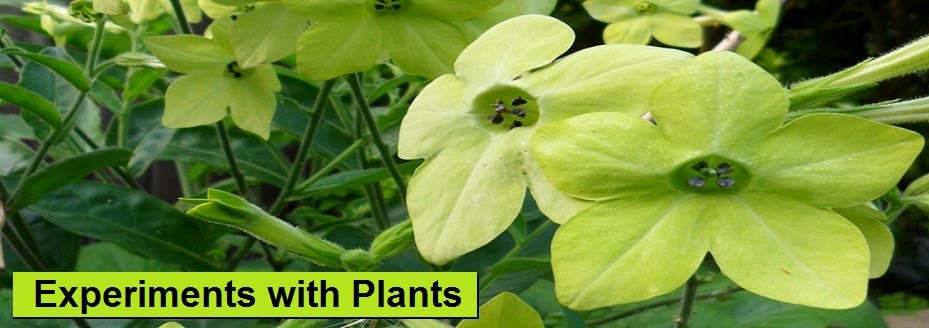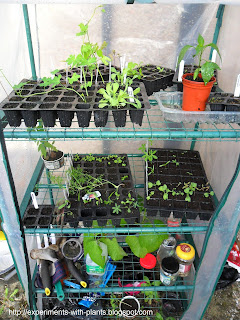My mother didn't think it was worth spending hard-earned money on rabbit food. She had an arrangement with the greengrocer around the corner, relieving him of his mouldy lettuce on her way home from work. I still remember how disgusting those mucus-coated leaves were. I thought she was mean, considering that her roses were surrounded by tumbling piles of Sammy's perfectly-formed, spherical droppings; much more palatable than the sacks of horse manure at the bottom of the garden, which my brother and I peeked into once, shrieking in unison at the sight of red worms writhing amongst the smelly turds.
I've called them rabbit leaves ever since, unfortunately I don't find them so often in my own garden. I had to search around to find this small specimen. Recently while researching weeds, I discovered that its name is plantago, a European & Asian native, which has migrated around the world with European explorers, giving it the nick-name white man's footprint.
This common weed was valued in times past for its healing properties, yet I've neglected it since we lost the pet rabbit decades ago. I'm going to wait for this plant to seed, then propogate it with the same care as my other garden plants. I might be grateful for it again some day in the future.
I'm not medically trained so can't give advice on whether plantago is edible or has medicinal value.
I found these articles on the web, in case you would like to carry out your own research :
(1) The rabbit leaves that I picked looked like this :
http://caliban.mpiz-koeln.mpg.de/thome/band4/tafel_072.html
http://www.botanicalgarden.ubc.ca/potd/2008/10/plantago_major.php
http://www.youtube.com/watch?v=-aVUXwLGdgQ
(2) Plantago is mentioned in "The Edible Lawn" from the Plants for a Future web-site :
http://www.pfaf.org/user/cmspage.aspx?pageid=72
http://www.pfaf.org/user/Plant.aspx?LatinName=Plantago+major
(3) It's reported that amongst people from ancient cultures, plantago is recognised as have healing properties, including being chewed into a poultice to treat bee stings :
http://doctorschar.com/archives/greater-plantain-plantago-major/
http://hollirichey.com/2010/09/01/plantain-a-valuable-medicinal-edible-plant/
(4) The seed husks of the plantago family (especially the psyllium and ovata sub-species) are sources of soluble dietary fibre : http://en.wikipedia.org/wiki/Psyllium_seed_husks
I'll link this post up to Fertilizer Friday which is hosted by Glenda@tootsietime.
Content created by b-a-g for http://experiments-with-plants.blogspot.com/2011/06/plantago-26-jun-2011.html
It would be interesting to read about your Experiments with Plants. (I use the word "Experiments" in its loosest possible sense!) Please add a link if you have a post that you would like to share :
It would be interesting to read about your Experiments with Plants. (I use the word "Experiments" in its loosest possible sense!) Please add a link if you have a post that you would like to share :














